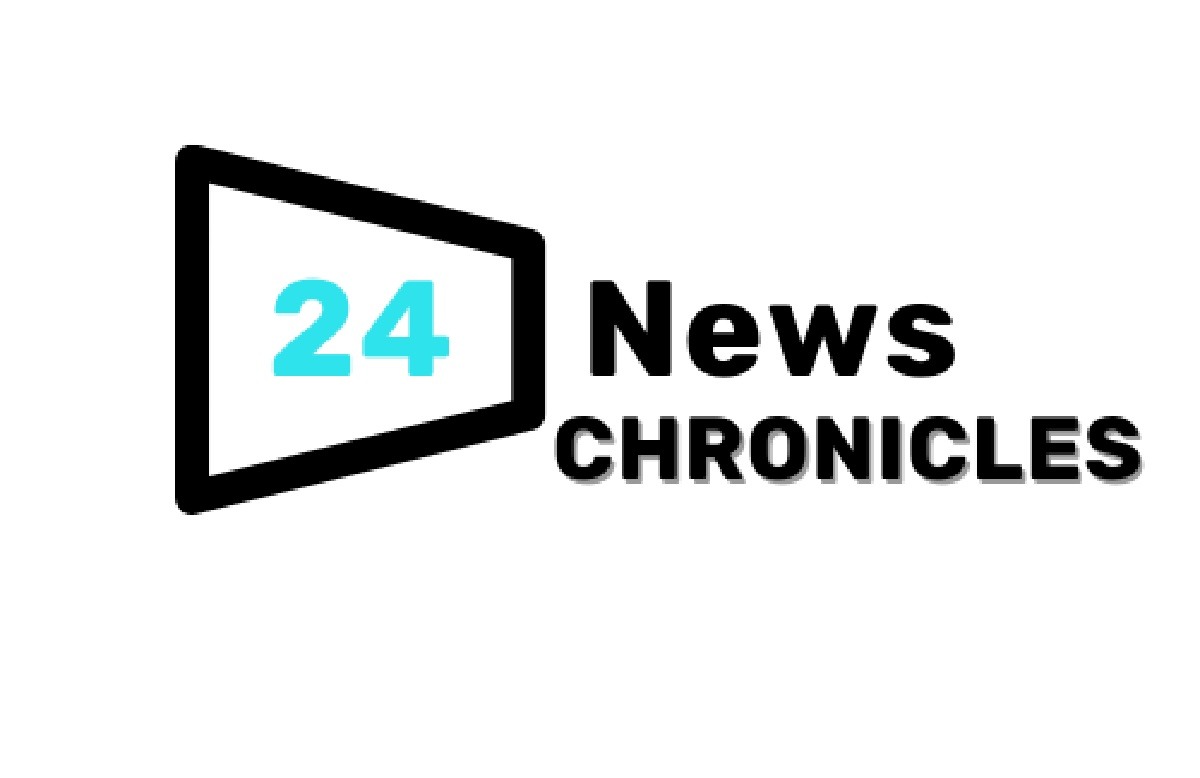Introduction
When it comes to planning for retirement, 403(b) plans offer a valuable option for individuals in certain employment sectors, such as non-profit organizations, public schools, and hospitals. This comprehensive guide will walk you through the fundamentals of 403(b) retirement plans, exploring their benefits, various types, key features to consider, and the process of choosing the best plan for your specific needs.
What is a 403(b) Plan?
A 403(b) plan, also known as a tax-sheltered annuity (TSA) plan, is a retirement savings account designed for employees of specific tax-exempt organizations. These plans allow eligible employees to contribute a portion of their salary on a pre-tax basis, providing an opportunity to save for retirement while enjoying potential tax advantages.
Benefits of 403(b) Plans
403(b) plans come with several benefits that make them an attractive option for retirement savings. Firstly, contributions to a 403(b) plan are made on a pre-tax basis, which means they are deducted from your taxable income, potentially lowering your overall tax liability. Additionally, these plans offer the opportunity for tax-deferred growth, meaning you won’t pay taxes on any investment gains until you withdraw the funds during retirement.
Types of 403(b) Plans
403(b) plans come in different forms, providing flexibility to suit individual preferences and financial goals. The three main types of 403(b) plans include annuity contracts, custodial accounts, and retirement income accounts. Annuity contracts are offered by insurance companies and provide a fixed or variable investment option, while custodial accounts and retirement income accounts are typically invested in mutual funds.
Choosing the Best 403(b) Plan
Selecting the best 403(b) plan requires careful consideration of several factors. Start by evaluating the reputation and stability of the plan providers. Look for providers with a strong track record and a wide range of investment options. Consider your risk tolerance and investment preferences, and choose a plan that aligns with your long-term goals.
Key Features to Consider
When evaluating 403(b) plans, it’s important to pay attention to key features such as administrative fees, investment options, flexibility in contribution limits, loan provisions, and withdrawal rules. Assessing these features will help you identify the plan that best meets your financial needs and retirement goals.
Top 403(b) Providers
While there are many providers offering 403(b) plans, it’s crucial to choose a reputable and reliable provider. Some top providers known for their quality 403(b) plans include Fidelity Investments, Vanguard, TIAA, and Charles Schwab. These providers offer a wide range of investment options, excellent customer service, and competitive fees.
Investment Options
403(b) plans provide various investment options to suit different risk appetites and preferences. These options may include mutual funds, annuities, target-date funds, and index funds. It’s important to diversify your investments and choose options that align with your risk tolerance and long-term goals.
Contributions and Limits
Understanding the contribution limits and rules of a 403(b) plan is essential to maximize your retirement savings. As of 2023, the annual contribution limit for 403(b) plans is $19,500, with an additional catch-up contribution of $6,500 for individuals aged 50 or older. However, certain factors may affect your contribution limits, such as employer matching contributions and the years of service.
Tax Advantages of 403(b) Plans
One of the significant advantages of 403(b) plans is their tax-favored status. Contributions made to a 403(b) plan are deducted from your taxable income, reducing your current tax liability. Moreover, the investment gains within the plan grow on a tax-deferred basis until you withdraw the funds during retirement, potentially resulting in substantial tax savings.
Withdrawals and Distributions
403(b) plans have specific rules regarding withdrawals and distributions. Generally, you can start making withdrawals from your 403(b) plan without penalty after reaching age 59½. However, early withdrawals may incur a 10% penalty, unless you qualify for certain exceptions such as disability or financial hardship. It’s crucial to understand these rules to avoid any unnecessary penalties or taxes.
Vesting and Employer Contributions
Some employers may offer contributions to your 403(b) plan, which can significantly boost your retirement savings. However, it’s important to understand the vesting schedule, which determines how much of the employer’s contribution you are entitled to if you leave the organization before being fully vested. Familiarize yourself with the specific vesting rules of your employer’s plan.
Matching Contributions
Employers often provide matching contributions to encourage employees to save for retirement. Matching contributions typically follow a predetermined formula, such as matching a percentage of the employee’s salary or matching a certain dollar amount. Take advantage of matching contributions whenever possible, as they effectively increase your retirement savings.
Rolling Over a 403(b) Plan
In certain situations, you may decide to roll over your 403(b) plan into another retirement account, such as an IRA or another employer’s plan. Rollovers allow you to maintain the tax-deferred status of your retirement savings and provide more control over your investment options. Consult with a financial advisor or tax professional to understand the rollover process and potential tax implications.
Reviewing and Adjusting Your 403(b) Plan
It’s essential to regularly review and adjust your 403(b) plan to ensure it aligns with your changing financial goals and circumstances. Life events such as marriage, children, or career changes may warrant adjustments to your contribution levels, investment allocations, or beneficiary designations. Stay proactive and make necessary modifications to keep your retirement plan on track.
Conclusion
403(b) retirement plans offer valuable benefits and opportunities for individuals in specific employment sectors to save for retirement. By understanding the types of plans, key features, investment options, and contribution limits, you can make an informed decision when choosing the best 403(b) plan for your future. Take advantage of the tax advantages and employer contributions available through these plans to maximize your retirement savings and secure a financially stable future.
FAQs
1. Can I contribute to a 403(b) plan if I already have an employer-sponsored 401(k) plan?
Yes, you can contribute to both a 403(b) plan and a 401(k) plan simultaneously. The contribution limits are separate for each plan, allowing you to save more for retirement.
2. Are 403(b) plans only available to employees of non-profit organizations?
No, while 403(b) plans are commonly associated with non-profit organizations, they are also available to employees of public schools, hospitals, and other tax-exempt organizations.
3. Can I withdraw money from my 403(b) plan before retirement?
Generally, early withdrawals from a 403(b) plan before reaching age 59½ may incur a 10% penalty. However, certain exceptions exist, such as financial hardship or disability, which may waive the penalty.
4. Are 403(b) plans subject to required minimum distributions (RMDs)?
Yes, similar to other retirement plans, once you reach age 72, you must begin taking required minimum distributions from your 403(b) plan each year.
5. Can I take out a loan from my 403(b) plan?
Some 403(b) plans offer loan provisions, allowing participants to borrow a portion of their vested balance. However, it’s important to carefully consider the terms and potential impact on your retirement savings before taking a loan.






